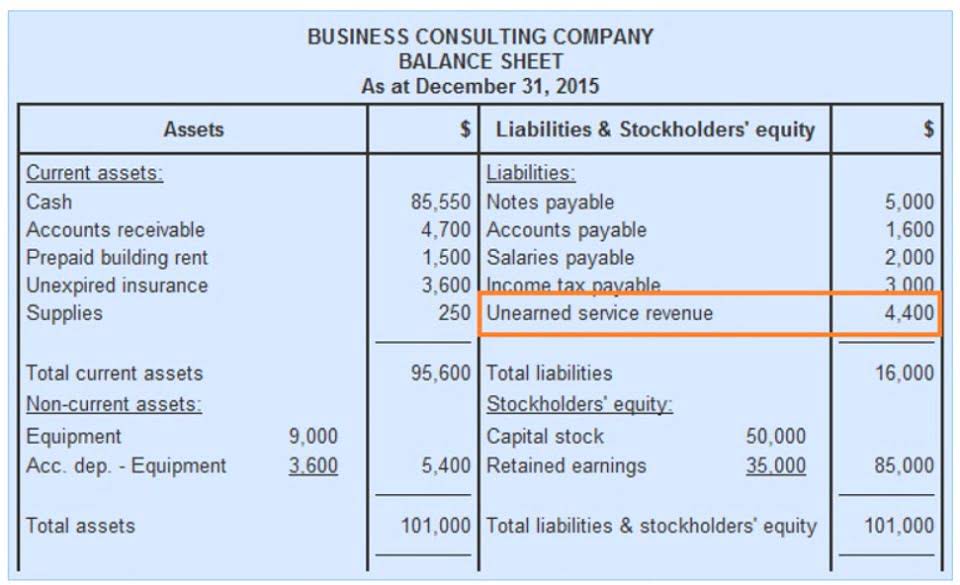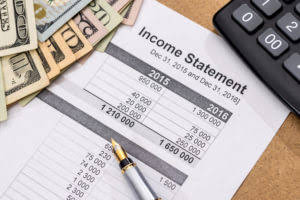
It values putting yourself in others’ shoes and understanding their needs. We all have our biases, shaped by our life experiences and who we are. Social workers must be aware of their biases and how they impact others. They are encouraged to reflect on their values, culture, and beliefs. And, it’s key to regularly think about their feelings, roles, and personal strengths.
- The rational decision-making model is best employed when you have numerous options to consider and plenty of time to evaluate them.
- A hospital administrator, for example, might use ethical frameworks to allocate ventilators during a shortage, ensuring transparency and equity.
- The option with the highest total score is the preferred choice.
- They should also be defined in a way that acknowledges potential tensions.
- As for the Benefits (light green), we listed affordability, schedule flexibility, comfort, flexible navigation in LA, and minimal travel time.
- We colored this column red to visually distinguish the dimensions.
Triple Constraints in Project Management

Whatfix Digital Adoption Platform (DAP) enables change leaders to translate strategy into action by guiding employees through new systems, workflows, and decisions right within their daily tools. Whether you’re in the complicated, complex, or even chaotic domain, Whatfix provides tailored support that adapts to the user’s context. The Cynefin Framework enables leaders and managers to understand their challenges and make informed decisions accordingly. It identifies the type of situations project managers face and ensures that their actions are based on reality and make sense. By guiding responses based on context, it supports better outcomes and more visionary leadership.

Critical Thinking Toolkit

A word of caution about scalable decision-making frameworks… they aren’t magic. Decision-making frameworks don’t replace hard work, framework for decision making research, discussion, and debate. Instead, they provide a common setting for decisions to be made and a process that should create speed and consistency while still covering all the bases. Looking deeply into the consequences is key in ethical decision making.
- Imagine that you live in San Francisco and have a friend in LA whom you want to visit.
- As teams and companies grow, silos form, and different groups start doing things their own way.
- Check out this helpful resource for a complete breakdown of the Vroom-Yetton decision-making model and a copy of the decision tree template you will need to use.
- Decisions shape our lives both personally and professionally.
My favorite decision-making frameworks
This framework is best used when you need a framework that you can apply to How to Invoice as a Freelancer both big and small decisions. The vast majority of decisions in a company are low-risk and should be made unilaterally by the owner of that area (e.g. should we move the standup meeting from Mon. to Tues. this week?). This framework is best used when making a major decision, at the company or strategy level. When I started at Square, the company surveyed employees about their number one frustration. And I bet if you survey any company in the Valley, or even the country, you’d see similar answers. It’s not the decisions themselves employees are frustrated with, it’s the lack of transparency around how decisions are made.

By identifying and assessing the impact of each element on decision outcomes, decision-makers can make more informed and robust decisions. Defined processes for making decisions as a team ensure the questions about roles and responsibilities are addressed during the process definition phase and the kick-off of any particular gross vs net project. This means there’s no mystery about who should be doing what. Scalable decision-making frameworks help teams maintain momentum. They help teams reach consensus faster by removing potential points of friction related to ambiguity around ownership.